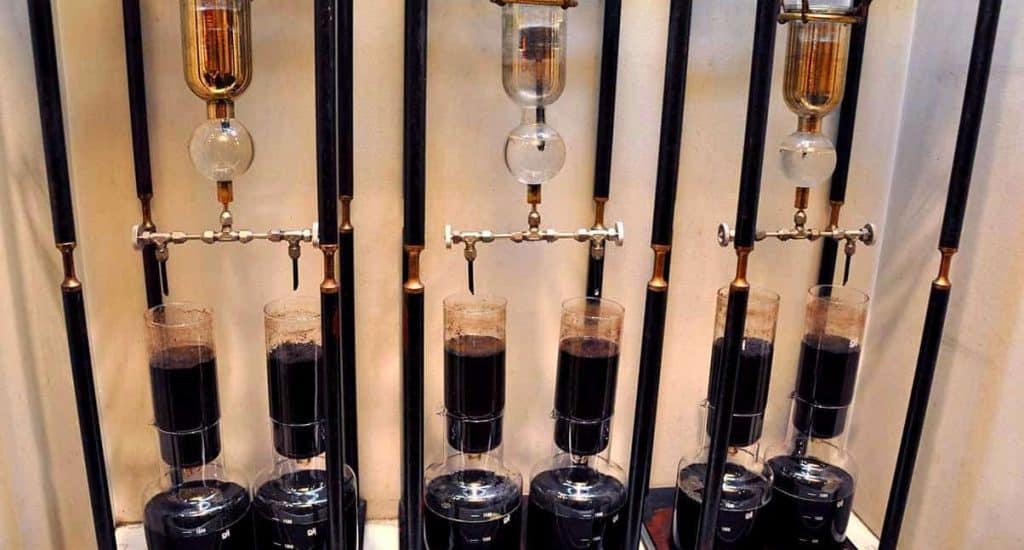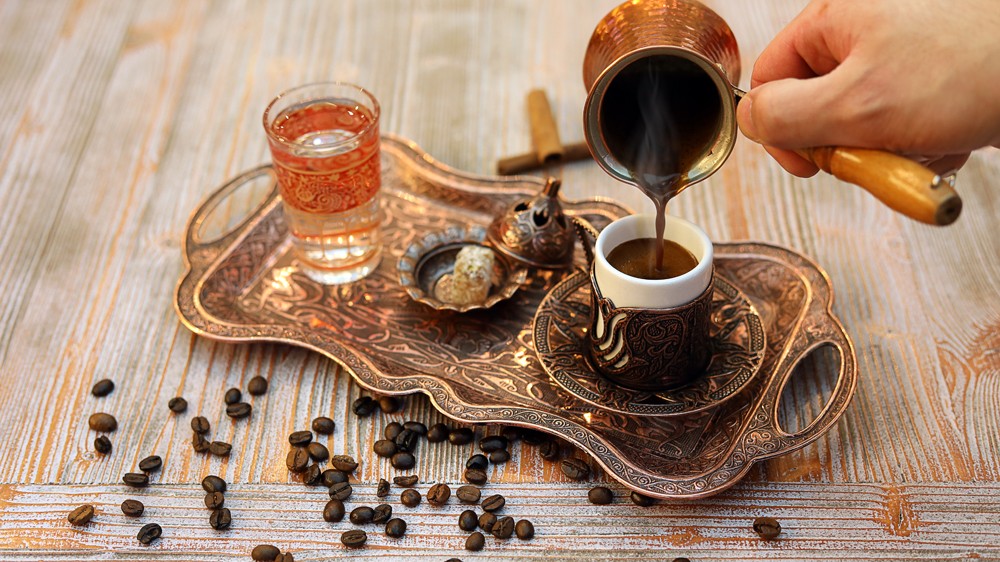By Chhavi Doonga
In the movie English Vinglish, Sridevi has a tough time trying to order a simple cup of coffee in America, because her character doesn’t speak good English. But even those of us who do can find coffee lingo quite confusing. And it doesn’t feel good when you pay for a regular, creamy, milky drink and get bile-bitter black liquid instead. We show you how to bridge the communication gap, to help you enjoy the perfect cup wherever you go.
Austria
The Austrians drink even more coffee than Italians, but if you go to a café in Austria and order a cup, all you’ll get is a glare! That’s because there’s no such thing as ‘coffee’ in this nation; only varieties of it that you have to ask for specifically.
Don’t panic! This is how it works:
Kleiner Brauner and Großer Brauner: black with a bit of milk, yet typically not filtered, but steamed like espresso.
Melange: The king of coffee, a mix of frothed milk and steamed coffee similar to the Italian cappuccino, but consumed at any time of the day.
Milchkaffee: A large coffee with frothed milk, basically a café latte.
Eiskaffee: Cold coffee with vanilla ice cream, chocolate, and whipped cream – an all-time favourite!
Cappuccino: What is sold in Austria under that name is NOT the Italian (thus not the international) version of a cappuccino, but a regional variation made from coffee and whipped cream.

France
Everyone knows that French coffee is slightly stronger, more like espresso, what most people don’t know is that most French people only drink coffee at breakfast. And they don’t entertain requests for ‘skimmed milk’ or ‘more decaf.’ Here’s how you order your cuppa there:

Un Café: Plain coffee, no sugar or milk. It’s very strong – similar to espresso.
Un Café Au Lait: Coffee with steamed milk
Café Crème: Coffee served with 1/2 hot cream.
Un Café Décafféiné or Un Déca: That’s how to ask for decaffeinated coffee.
Café Americain: Filtered coffee that is similar to traditional American coffee.
Café Léger or Un Allonge: Espresso coffee with double the amount of water, making it a rather week version of black coffee
Un Espresso: Very strong espresso!
Un Double (pronounced dooble): A double espresso
Café glace (pronounced glass-say): Iced coffee

Italy
Even the best of cafes around the world are teaching us the Italian coffee lingo all wrong. If you order a “latte” in Italy, you’ll really be served a glass of milk! And guess what: most Italians drink their cup standing at the bar because sitting and drinking it costs double the amount. And no cappuccino is consumed post noon because all that dairy is supposed to upset the digestion. To order your coffee in Italy, rethink your lingo:
Caffè: This literally means “coffee,” but folks—in Italy, it’s an espresso!
Cappuccino: Espresso topped up with hot, foamed milk.
Caffè macchiato: This means a “spotted” or “stained” coffee, and in this case, it’s spotted with a splash of hot milk.
Caffè americano: Italy’s best approximate: espresso with hot water added.

Japan
“Ko-hee” is the Japanese translation for coffee; and though the nation is mostly known for its tea ceremonies, good cafes are springing up, too. You could try :
Kyoto-style cold drip coffee: To make this interesting drink, the Japanese have crafted the Oji, a tall machine featuring glass bulbs, brass, nylon netting, and stained oak. If you’re in a rush, this isn’t the drink for you. Each unit brews about six cups of coffee at about 48 drips a minute, which means it takes about seven hours to brew one cup. The result is high in caffeine and served in small mugs over ice.
The Middle East
The Arabs began drinking coffee even before the Europeans did. But they liked theirs without milk, and still do. The most common variant in The Middle East is the Turkish version called ‘ahwa’ in one of its many translations. Be sure to tell the server or host/hostess if you would like sugar. Sugar is actually added during the preparation, and not after.
Turkish coffee is taken at extremely hot temperatures and is usually served with a glass of cold water to freshen the mouth to better taste the drink. All of the coffee in the pot is poured into cups, but not all of it is drunk. The thick layer of sludgy grounds at the bottom of the cup is left behind. If you don’t like your cup without crème or milk then this is not your thing!
Thailand
The smart thing to do is order black coffee and add milk and sugar yourself. If you love your cup to be really sweet, try the oliang, or Thai iced coffee. This beverage features soybeans, sesame seeds, and corn, brewed in athung tom kafae, which is a cloth bag attached to the metal ring. It is served with condensed milk, giving it that pleasing sweetness so many love.

Also read : Sweet Treats from Vienna
Featured video : Buzzfeed












